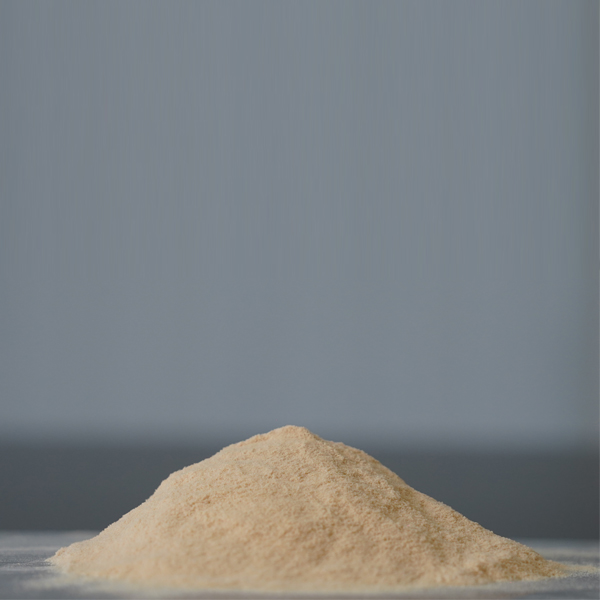
News
Ное . 11, 2024 07:40 Back to list
high quality humic acid and fulvic acid
High Quality Humic Acid and Fulvic Acid An Overview
Humic acid and fulvic acid are two complex organic substances derived from the decomposition of organic matter in soil, peat, and other natural environments. They play a crucial role in soil health, promoting plant growth and enhancing nutrient availability. As an increasing number of agricultural and environmental studies highlight the benefits of these acids, understanding their properties, benefits, and applications is essential for farmers, gardeners, and environmentalists alike.
What are Humic Acid and Fulvic Acid?
Humic acid is a dark brown to black organic polymer formed during the humification process, where organic matter decomposes. It is a fundamental component of humus, the organic matter in the soil that contributes to its fertility. Humic acid is generally soluble in alkaline solutions and is known for its large molecular weight.
Fulvic acid, on the other hand, is a lighter, yellow to yellow-brown substance that is also produced during the decomposition of organic matter but has a lower molecular weight compared to humic acid. It is soluble in both alkaline and acidic environments, which makes it more versatile in various applications.
Both humic and fulvic acids are characterized by their ability to form complexes with nutrients and minerals, enhancing their availability to plants. Additionally, they facilitate soil structure improvement, which can lead to better aeration and drainage.
Benefits of High-Quality Humic and Fulvic Acids
1. Nutrient Availability One of the primary advantages of using high-quality humic and fulvic acids is their ability to chelate (bind) essential nutrients such as nitrogen, phosphorus, potassium, and trace minerals. This chelation process increases nutrient uptake by plants, ensuring that they have access to the necessary components for growth and development.
2. Improved Soil Structure Humic substances contribute to the formation of soil aggregates, enhancing the overall soil structure. This results in better aeration, water retention, and drainage, creating an optimal growing environment for plants. Good soil structure also reduces soil erosion and compaction, fostering a healthier ecosystem.
high quality humic acid and fulvic acid

3. Enhanced Microbial Activity High-quality humic and fulvic acids serve as a food source for beneficial soil microorganisms. These microbes are essential for breaking down organic matter, releasing nutrients, and promoting healthy soil ecology. An active microbial population is crucial for sustainable soil health and fertility.
4. pH Buffering Fulvic acid has the unique ability to stabilize soil pH levels, making it beneficial for regions with highly acidic or alkaline soils. This buffering capacity helps maintain an optimal pH range for plant growth, ensuring nutrient availability and improving overall plant health.
5. Stress Resistance The application of humic and fulvic acids has been associated with increased resistance to environmental stresses such as drought, salinity, and extreme temperatures. This resilience is especially vital in today's changing climate, where plants face unpredictable growing conditions.
Applications of Humic and Fulvic Acids
High-quality humic and fulvic acids can be applied in various fields, including
- Agriculture Farmers use these substances to enhance crop yield, improve soil health, and reduce the need for chemical fertilizers. - Horticulture Gardeners rely on humic and fulvic acids to nurture plants and enhance root development, resulting in healthier and more vigorous growth. - Environmental Remediation These acids can be used in reforestation and land reclamation projects, promoting the recovery of degraded soils and supporting ecological balance.
Conclusion
The benefits of high-quality humic acid and fulvic acid cannot be overstated. As sustainable agricultural practices gain prominence, understanding and utilizing these natural substances can significantly enhance soil health, improve crop yields, and aid in environmental restoration. Whether in agriculture, horticulture, or environmental management, the integration of humic and fulvic acids into soil and plant care is a step towards a more sustainable and productive future.
-
Polyaspartic Acid Salts in Agricultural Fertilizers: A Sustainable Solution
NewsJul.21,2025
-
OEM Chelating Agent Preservative Supplier & Manufacturer High-Quality Customized Solutions
NewsJul.08,2025
-
OEM Potassium Chelating Agent Manufacturer - Custom Potassium Oxalate & Citrate Solutions
NewsJul.08,2025
-
OEM Pentasodium DTPA Chelating Agent Supplier & Manufacturer High Purity & Cost-Effective Solutions
NewsJul.08,2025
-
High-Efficiency Chelated Trace Elements Fertilizer Bulk Supplier & Manufacturer Quotes
NewsJul.07,2025
-
High Quality K Formation for a Chelating Agent – Reliable Manufacturer & Supplier
NewsJul.07,2025
